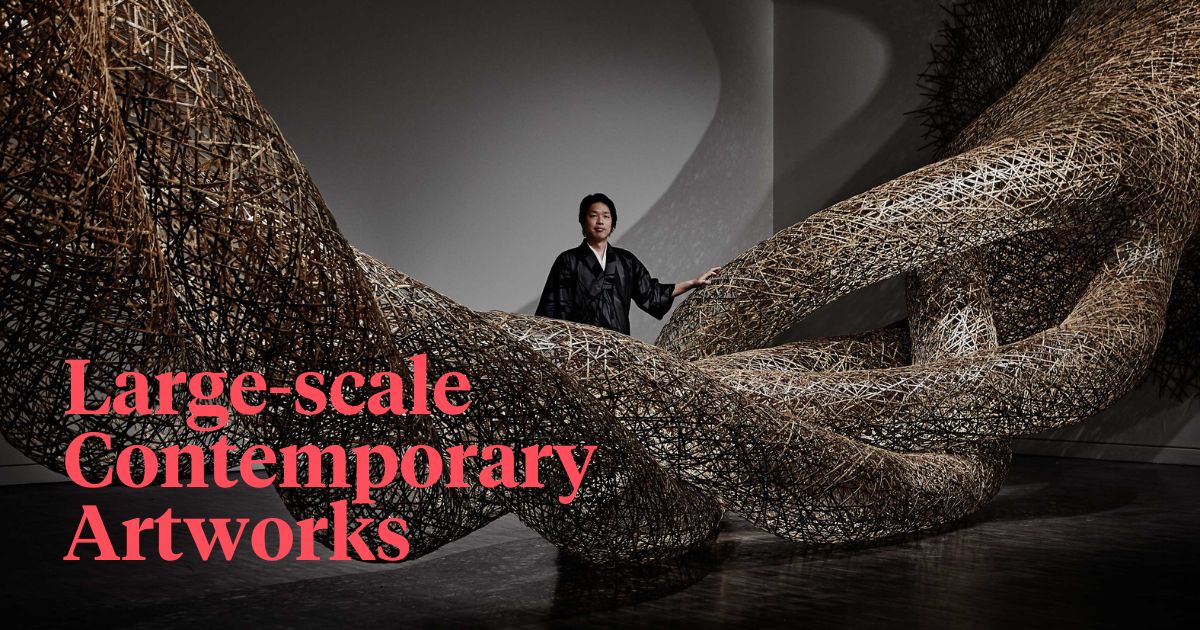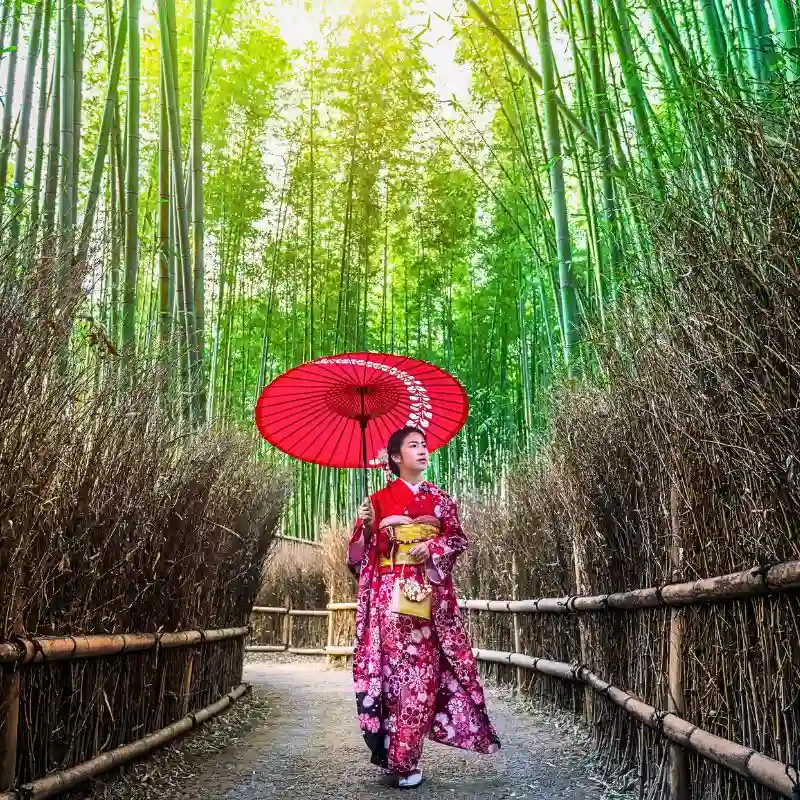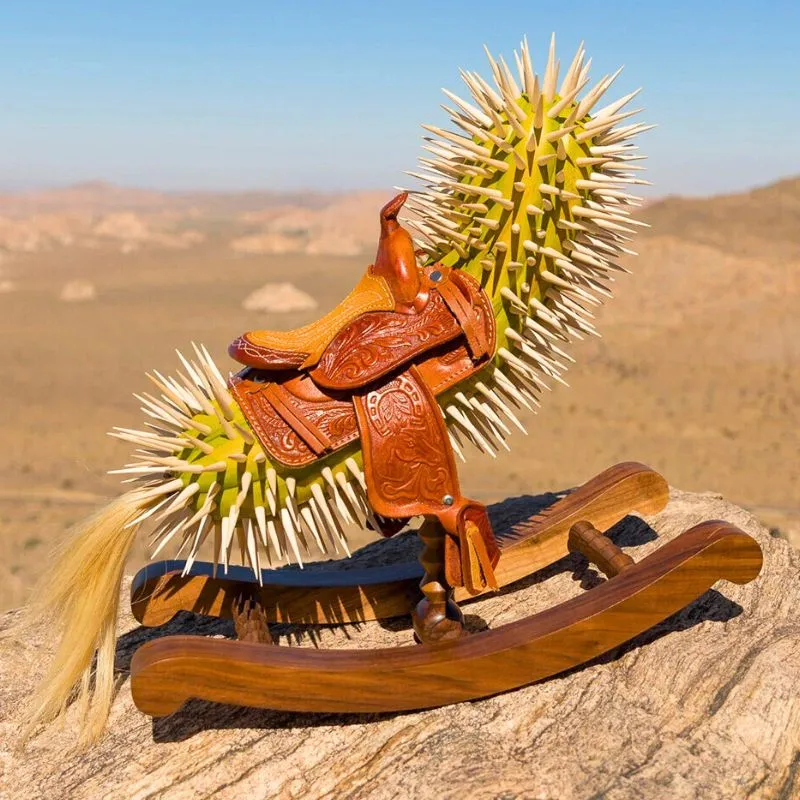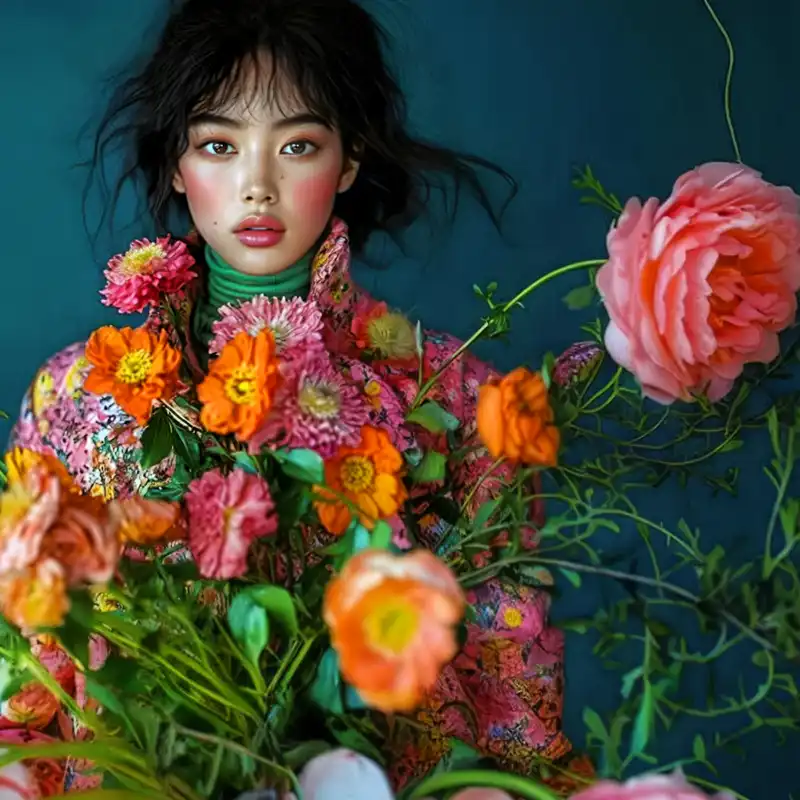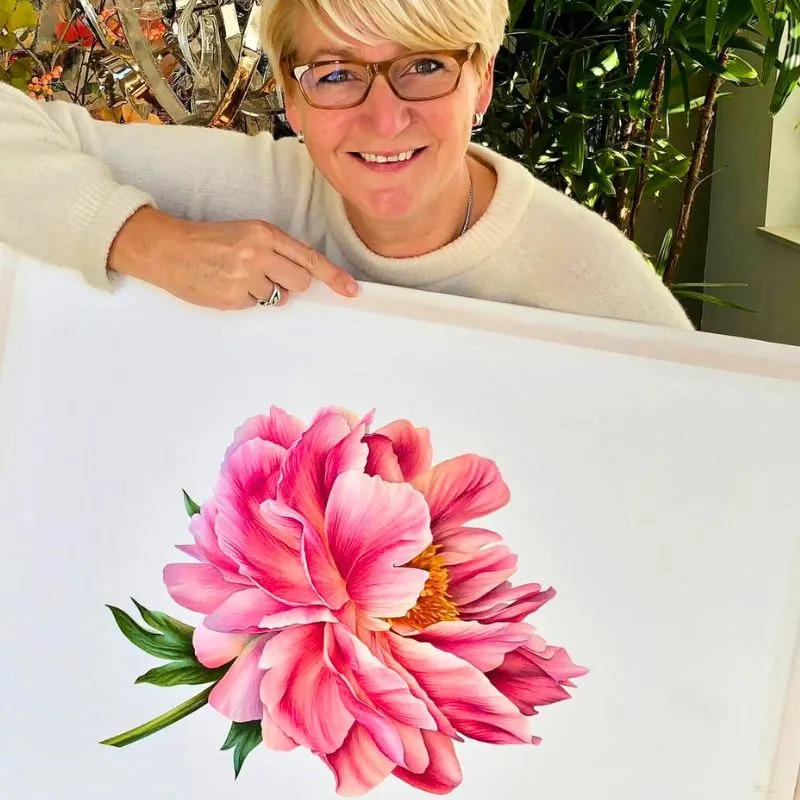Tanabe Chikuunsai IV, born in 1973, is a bamboo artist in the fourth generation. With the family’s tradition of weaving bamboo flower baskets and smaller sculptural works, he would probably not have become this famous. But he is also renowned for using bamboo as a material for large-scale contemporary artworks and installations at museums and other venues around the world. The sky is the limit for his Art. The exhibition LIFE CYCLES examines the Chikuunsai artistic lineage, Tanabe Chikuunsai IV’s creative process, and the life of Japan’s bamboo forests.
LIFE CYCLES - A Bamboo Exploration
This exhibition highlights the importance of conserving the bamboo forests, or chikurin, for future generations. For Chikuunsai that's one of the most important things. He was born in Sakai in Osaka and trained in sculpture at the Tokyo University of Arts. After that, he studied traditional Japanese basket weaving with his father, Tanabe Chikuunsai III. The skills and knowledge he inherited from earlier generations are passed down to his children.
Life of the Bamboo
Now Chikuunsai IV makes people aware of the life of the bamboo he uses in his work. As he harvests bamboo from the woods of Kochi in Shikoku, he also strives to nurture and preserve the forests. For his site-specific installations, Chikuunsai previously used torachiku, or “tiger bamboo,” which has now become scarce. For this installation, he employed two other types of bamboo—madake (“Japanese timber bamboo”) and kurochiku (“black bamboo”), which are also disappearing.
Weaving Bamboo
As he weaves the bamboo strips, Chikuunsai reflects upon connections, or tsunagari, between humans and nature, present and past generations, and the cultures he brings together through his installations. When an exhibition closes, he dismantles each installation and saves the bamboo strips to use in his next work—creating a generational connection between his works, deliberately avoiding waste, and extending the bamboo’s life cycle.

